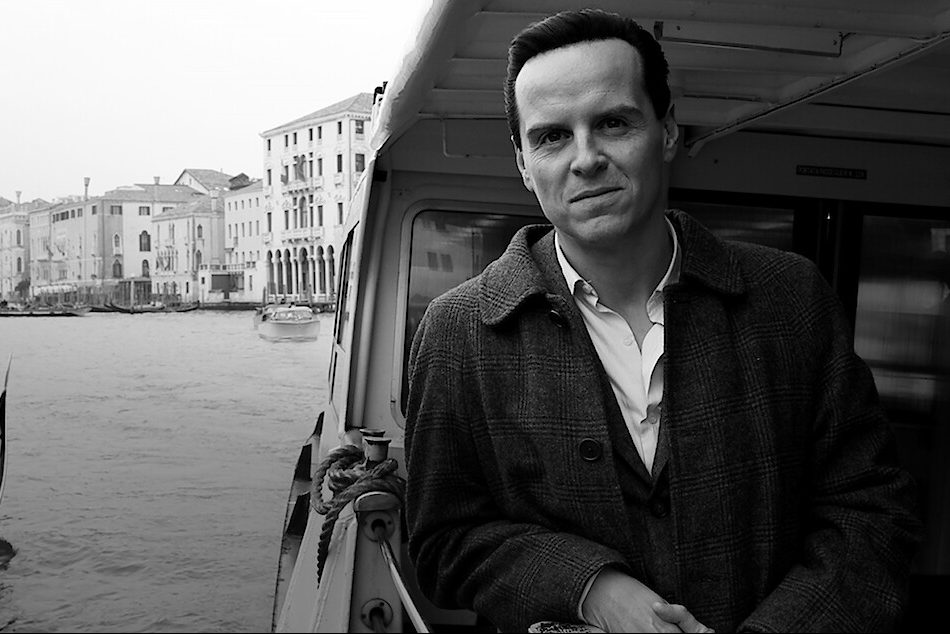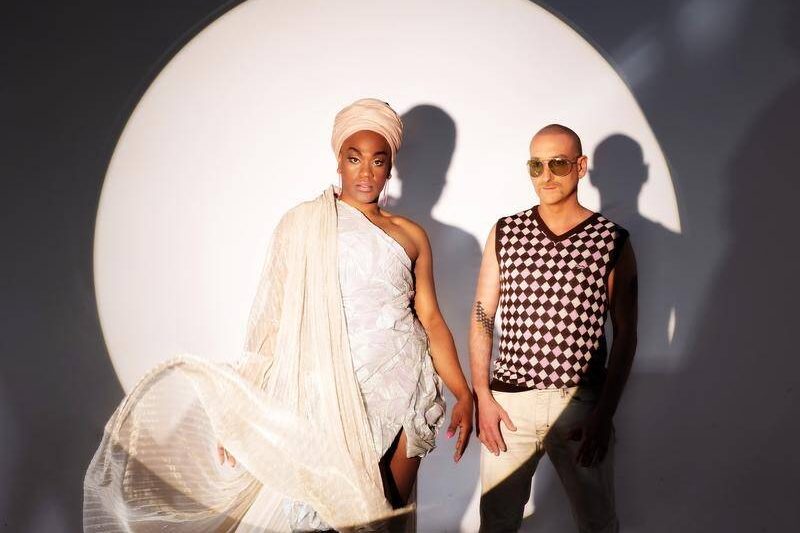“DISCOVERING Ancient Egypt”, coming soon to the National Museum, is an exhibition with a difference.
Compared to the more exotic-sounding “Ramses & Gold of the Pharaohs” at the Australian Museum in Sydney, this is a look into the way ancient Egyptians lived.
And you won’t have to be an expert to relate to it for, as NMA curator Craig Middleton points out, after Australian troops had served in the Middle East, Egyptian-style obelisks popped up in memorials all around the country, a sign of universal interest.
The Egyptian belief that you can take it with you is front and centre, so there’ll be rich funerary objects and no fewer than five real mummies in the show, including people with names, the women Sensaos and Ta(net)kharu or Tadis and the man Harerem.
When I catch up by phone to Daniel Soliman, curator of the Egyptian Collection at the Rijksmuseum van Oudheden (Dutch National Museum of Antiquities) in Leiden, he is inclined to snort at talk of the “discovery” of Egypt, pointing out that Egypt has been there all along.
A career Egyptologist whose PhD from Leiden University saw him living among real necropolis workers at the workmen’s village Deir el-Medina in Egypt, is a keen observer of the way westerners interpret ancient civilisations and says: “This is not just an exhibition about ancient culture, but about why we are interested in ancient Egypt.”
The show, he says, will provide a history of “discovery,” including the work of Arab scholars in the Middle Ages and 17th century European Egyptologists.
But it was only in the 19th century following the campaign of Napoleon and the discovery of the Rosetta Stone by a French soldier, that the publicity started to really get going and when Tutankhamun’s tomb was found in 1922, all things Egyptian became a world sensation.
The Egyptian pharaohs were equated with the gods
Napoleon, he notes, was playing geopolitics against the British and the Ottomans when he arrived in 1798, but as well, “he found something grandiose about the Egyptian sense of kingship… the Egyptian pharaohs were equated with the gods and Napoleon tried to emulate some of that style.”
But, he says, the exhibition aims to look at why ordinary people love ancient Egypt so much. Maybe it’s the impressive temples, such as the ancient Nubian Temple of Taffeh and the huge pyramids, still visible and impressive today, but then there’s also the discovery of many untouched items of papyrus writing, still clear and intact.
One such is our cover image “Book of The Dead of Padikhonsu”, the first sheet cut from a long papyrus scroll that the priest Padikhonsu took into his tomb. Padikhonsu is depicted praising Isis and Osiris on the left and the god Re-Horakhty, perhaps guaranteeing his rebirth in the afterlife.
On a smaller scale, there is grandeur in ornamentation such as the pectoral, worn over the chest, from the New Kingdom, with a heart scarab at its centre.
“We wanted to look at the people who were always there, so we’ve tried to talk about ordinary life through artefacts like musical instruments and implements used for make-up and writing, to give insight,” Soliman says.
Craig Middleton, from the National Museum of Australia, refers to Soliman as the expert, but tells me that the show was originally produced by the Rijksmuseum in partnership with a Japanese museum for a more academic audience, so needed adaptation.
Broader scope and a more accessible flavour
Staff at the NMA, WA Museum and the Queensland Museum have worked hard to give it a broader scope and a more accessible flavour.
“Initially, it was very much an Egyptology exercise involving a lot of museum knowledge… we wanted to make it more suitable for a general audience,” Middleton says.
“And we wanted to make it meaningful for an Australian audience and accessible to children.”
Visitors young and old will first enter through a replica of the Temple of Taffeh, but then, much more fun, they can learn how to mummify their cat, suitable especially for ages six to eight, but he’s betting adults will be attracted to that, too.
Interviews with local Egyptian people who worked on the ground have been captured in a short video in Arabic with subtitles.
The exhibition for Canberra has been designed by Wendy Osmond using Egyptian blues and red and is quite different from the WA Museum installation, he says.
And for Australia, an audio tour has been voiced by Australian-Egyptian actress Helana Sawires, best known for her part in the movie, “Ali’s Wedding”.
The exhibition may focus on the belief in preparation for afterlife, and the “discovery” aspects, but, Middleton says: “Australians are now attuned to the debate about colonisation, so what we have done is put western attitudes and beliefs up for examination.
“Don’t forget that we are dealing with an awe-inspiring culture going back over thousands of years.
“People will marvel at the engineering of the pyramids and, because of the dry climate, so much material has been perfectly preserved, and the colours are all retained.
“We wanted to look back and discover a truly Egyptian story.”
“Discovering Ancient Egypt”, National Museum of Australia, December 15-September 8.
Who can be trusted?
In a world of spin and confusion, there’s never been a more important time to support independent journalism in Canberra.
If you trust our work online and want to enforce the power of independent voices, I invite you to make a small contribution.
Every dollar of support is invested back into our journalism to help keep citynews.com.au strong and free.
Thank you,
Ian Meikle, editor









Leave a Reply